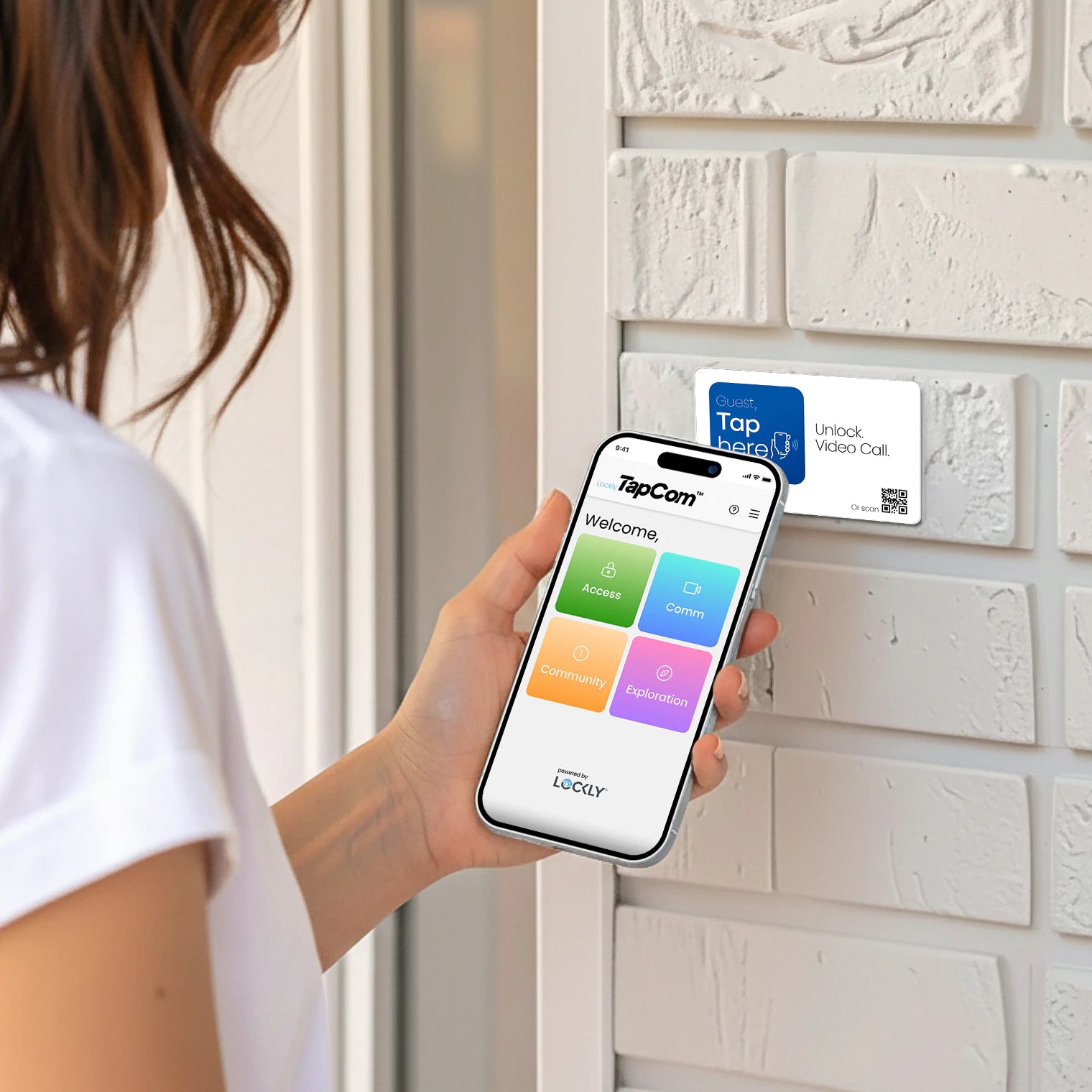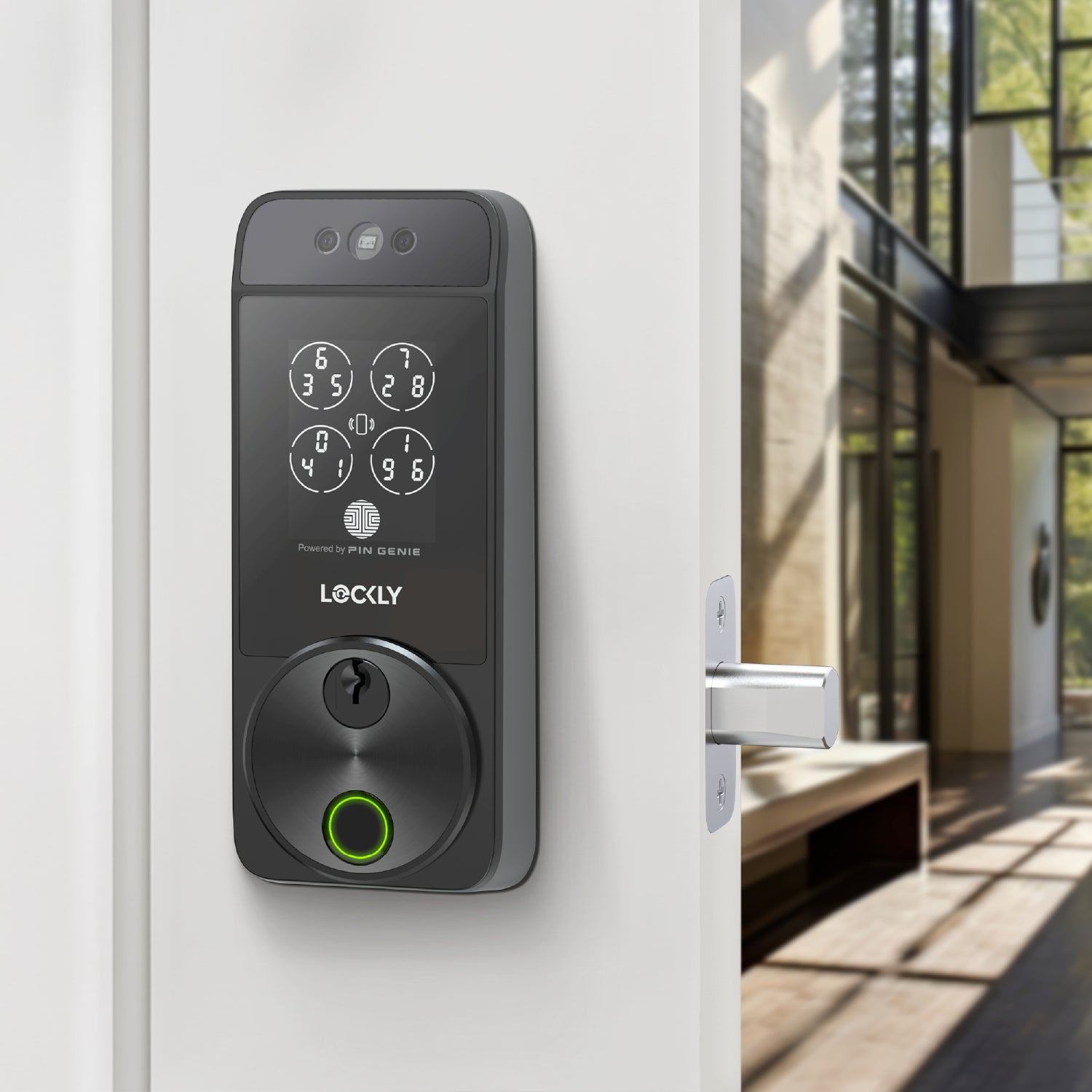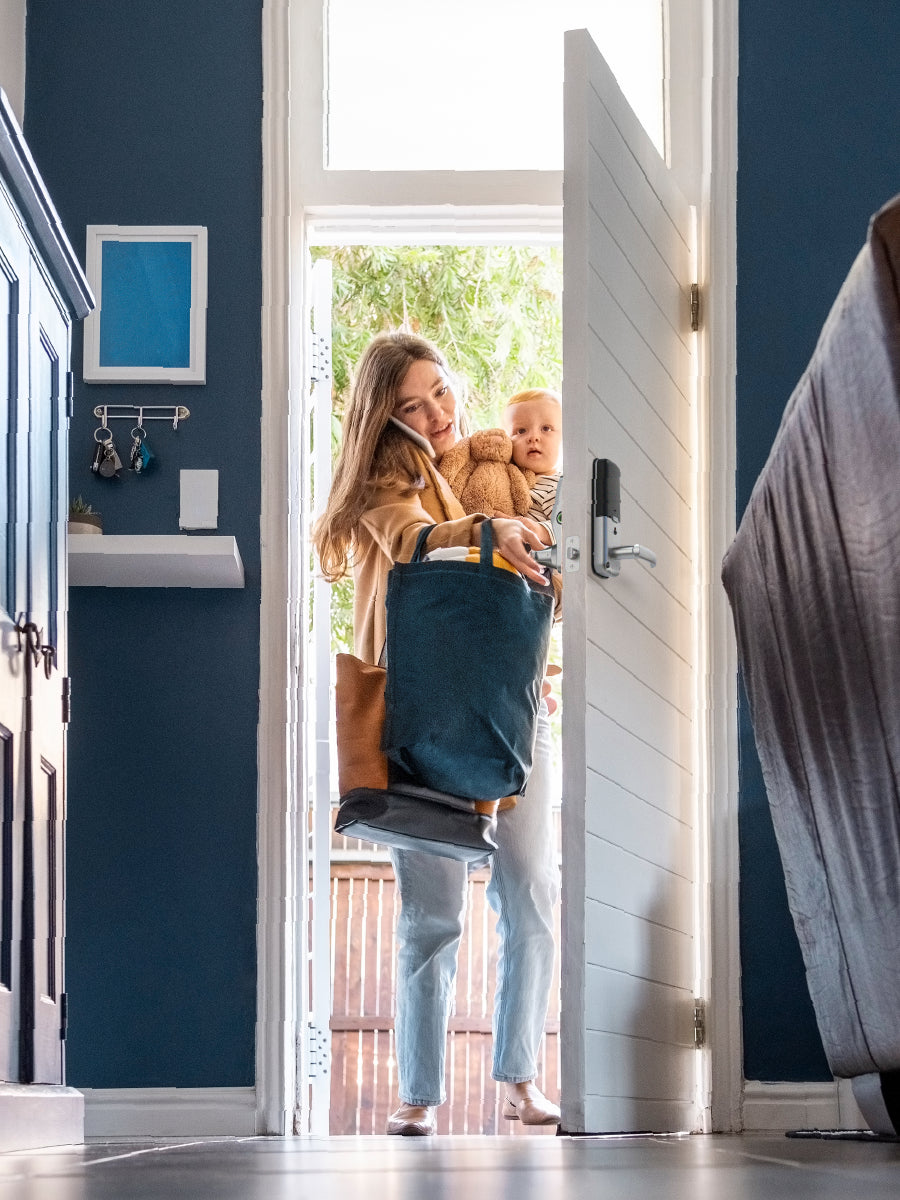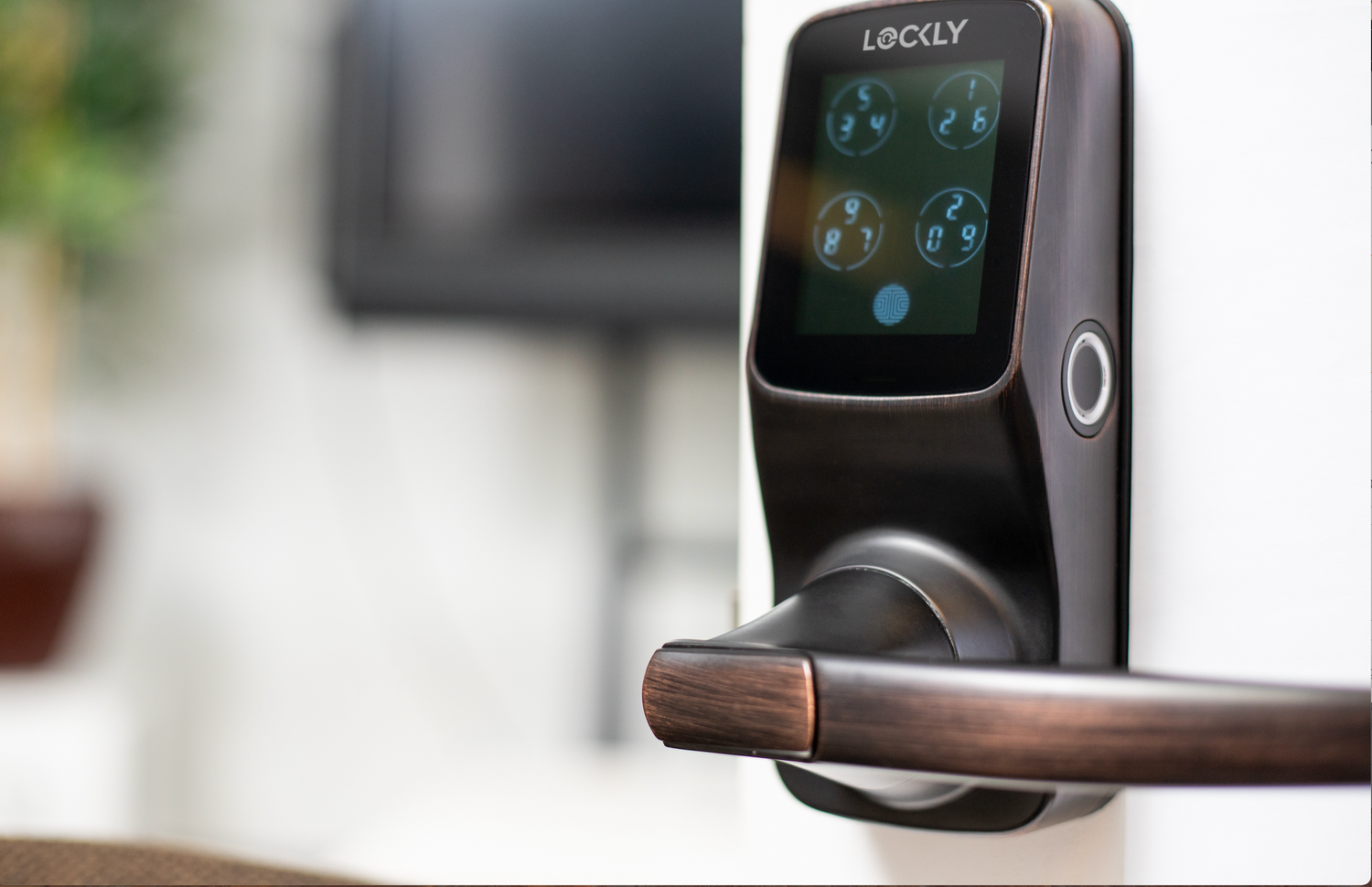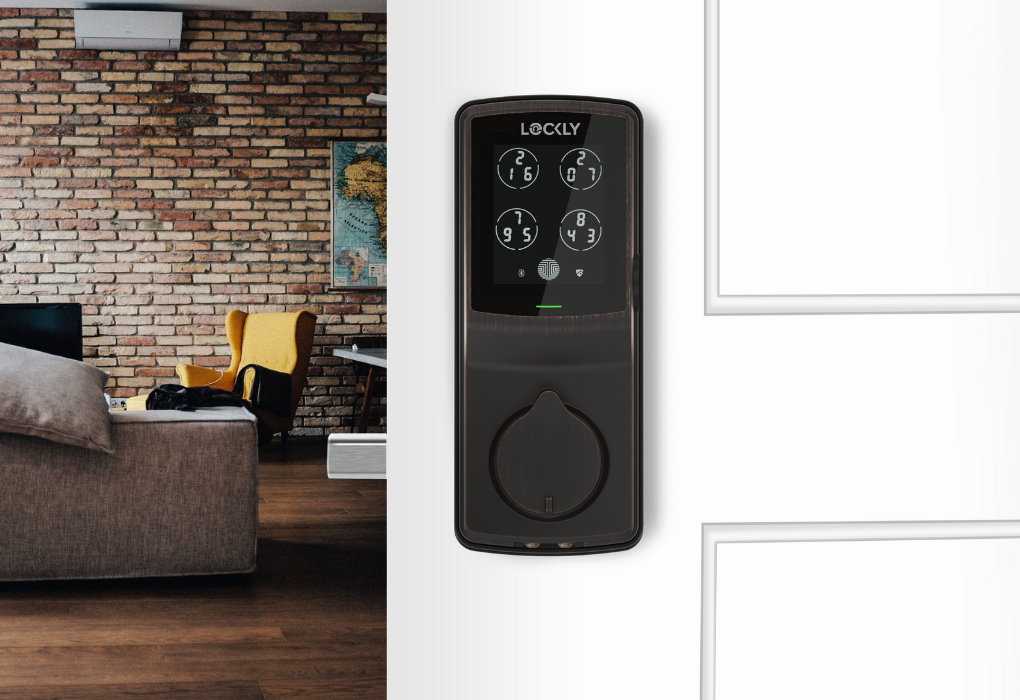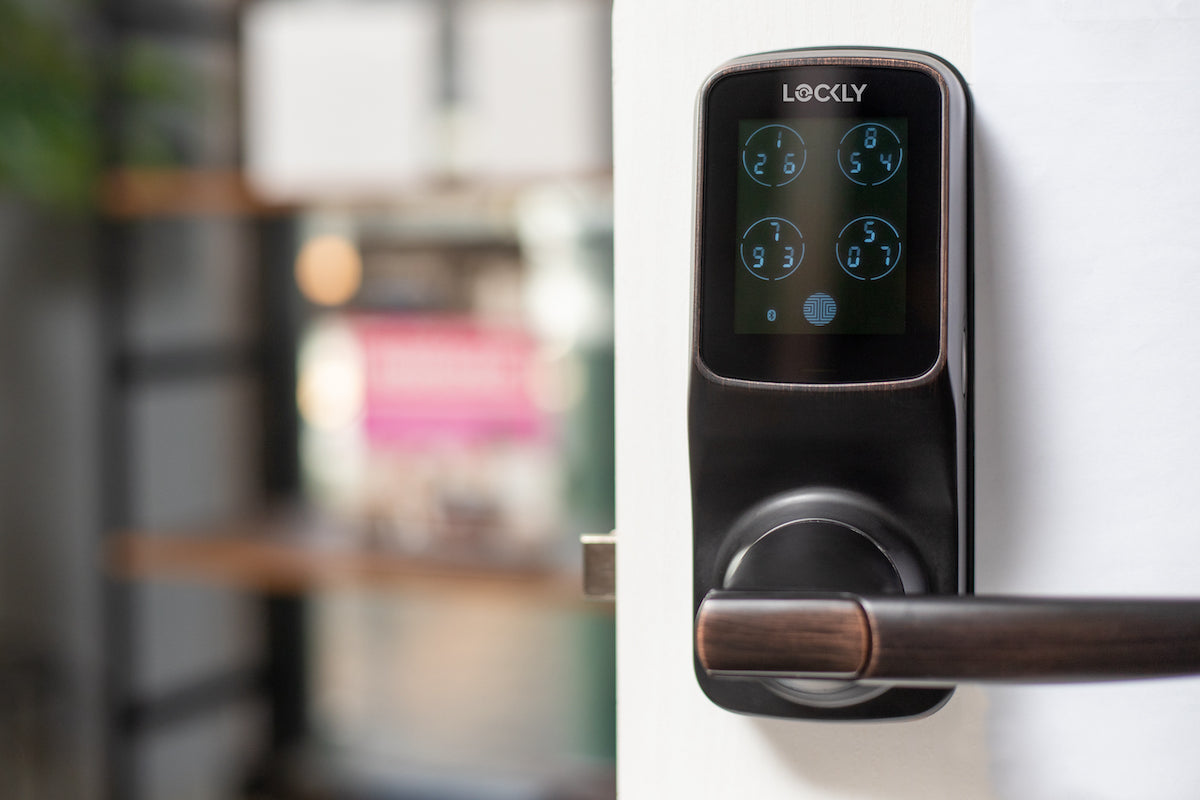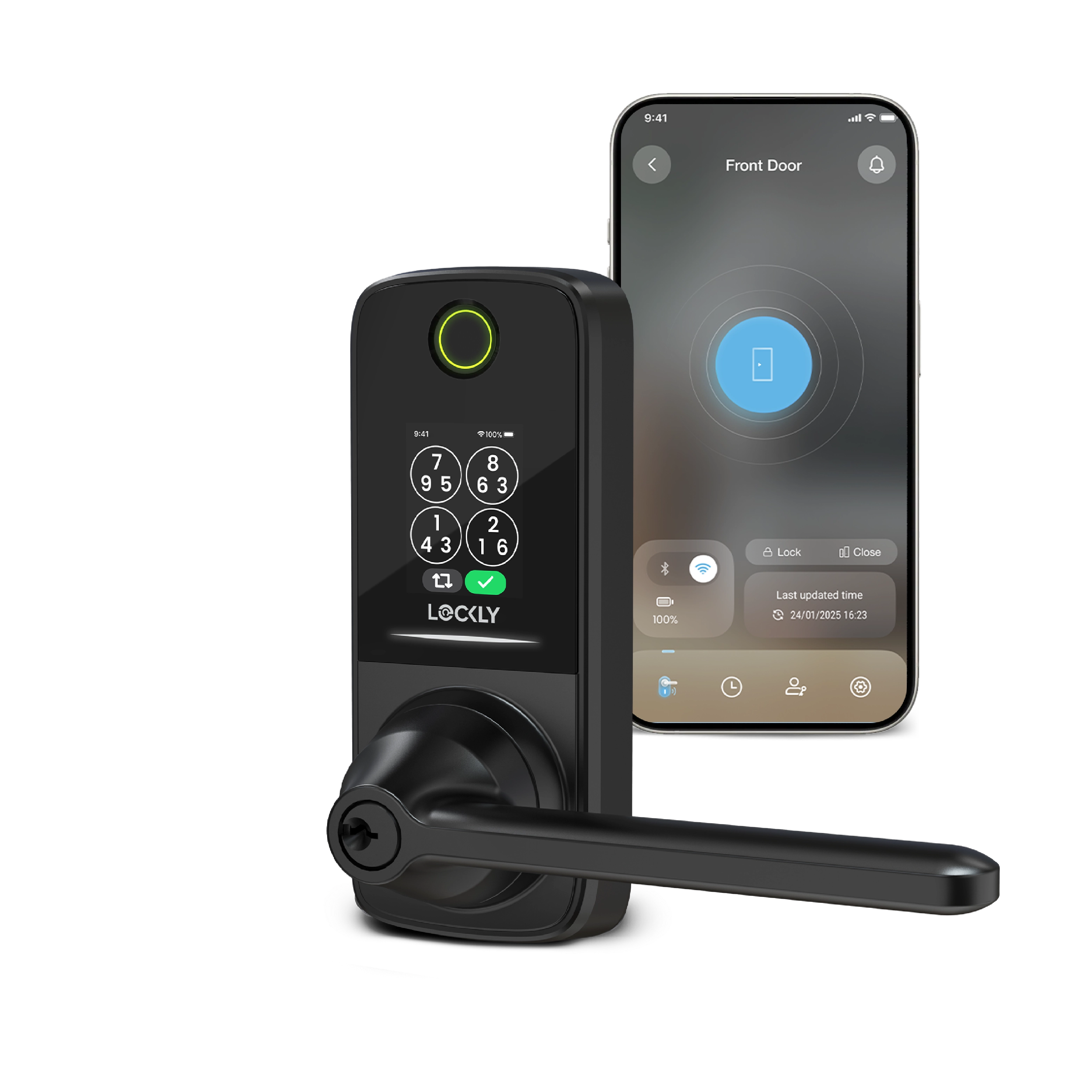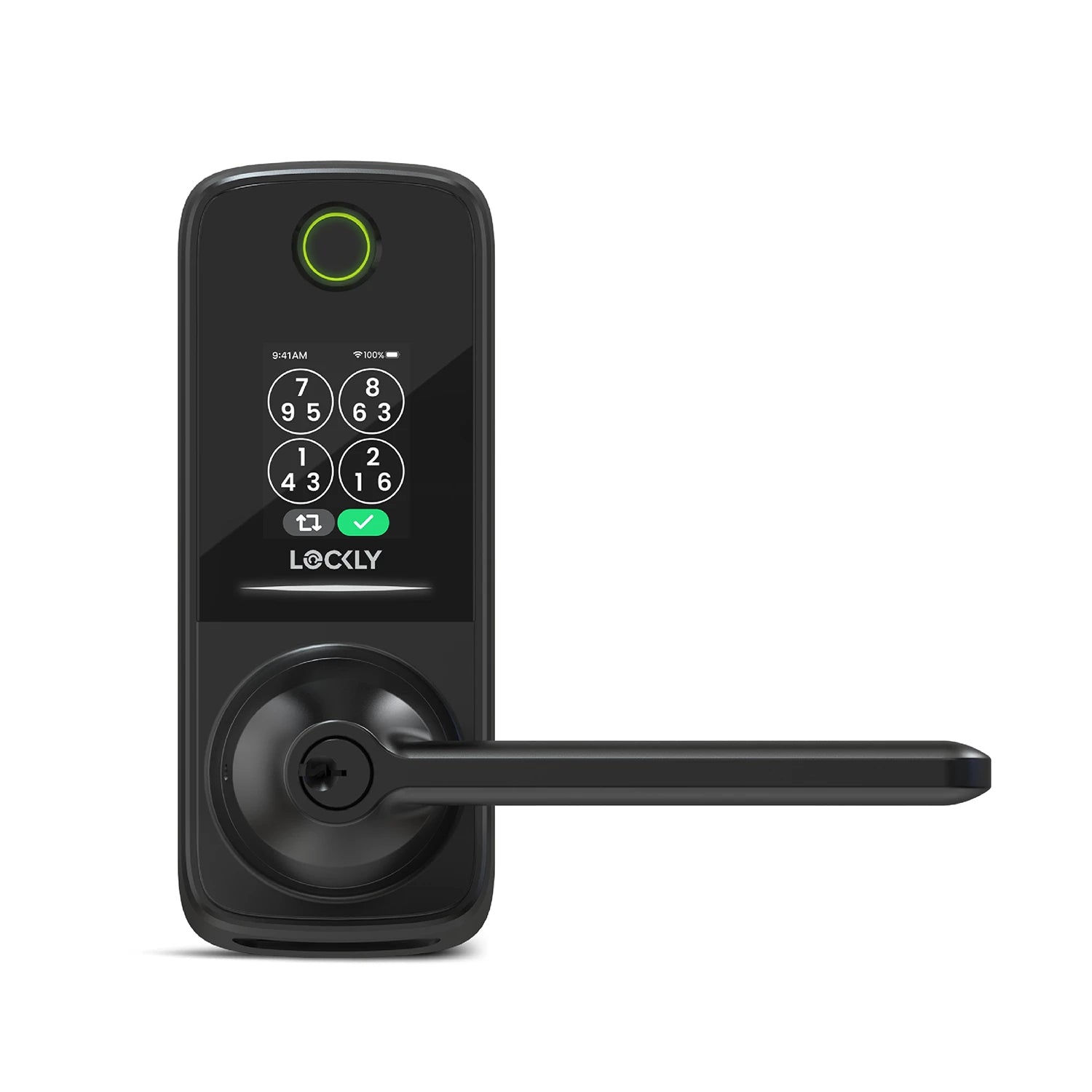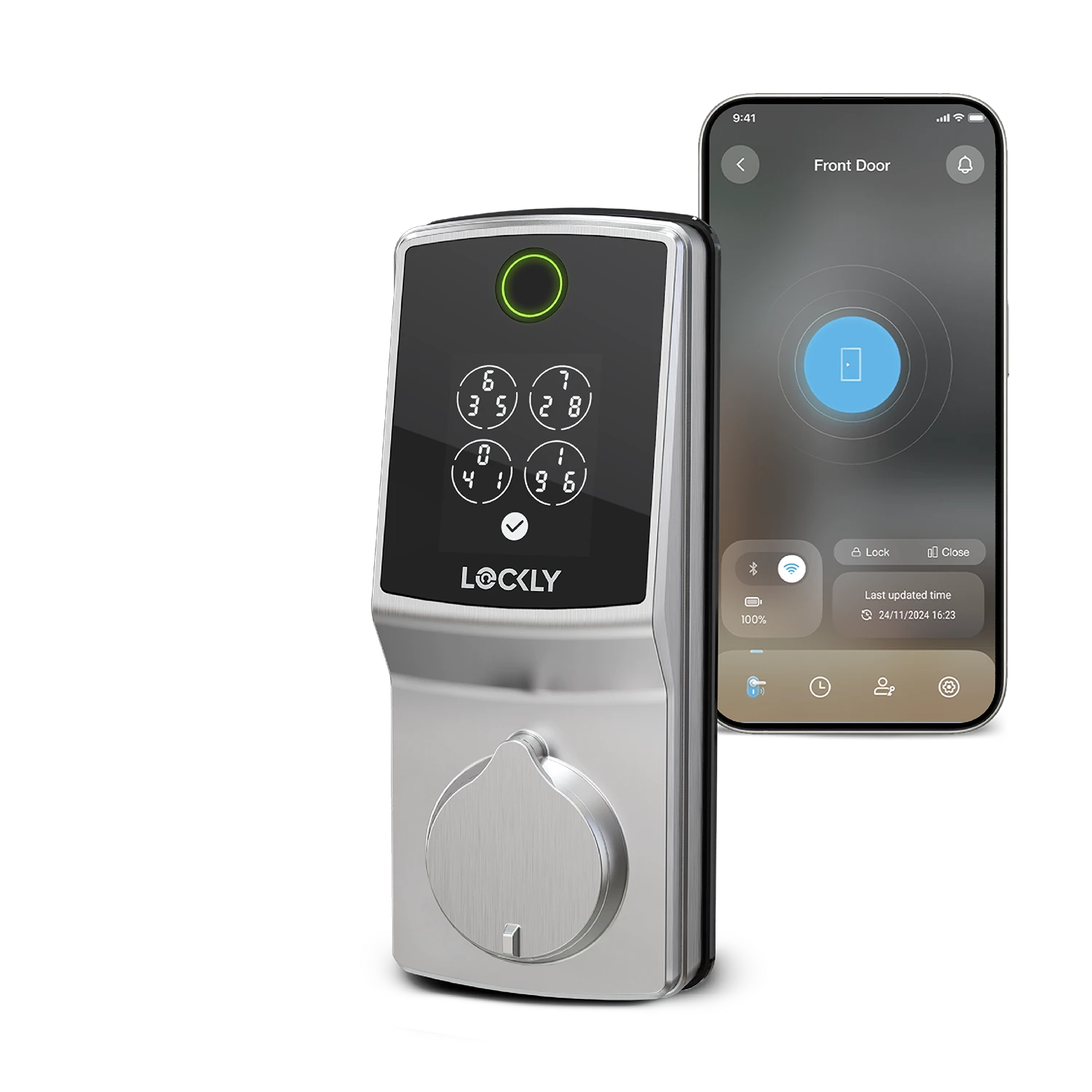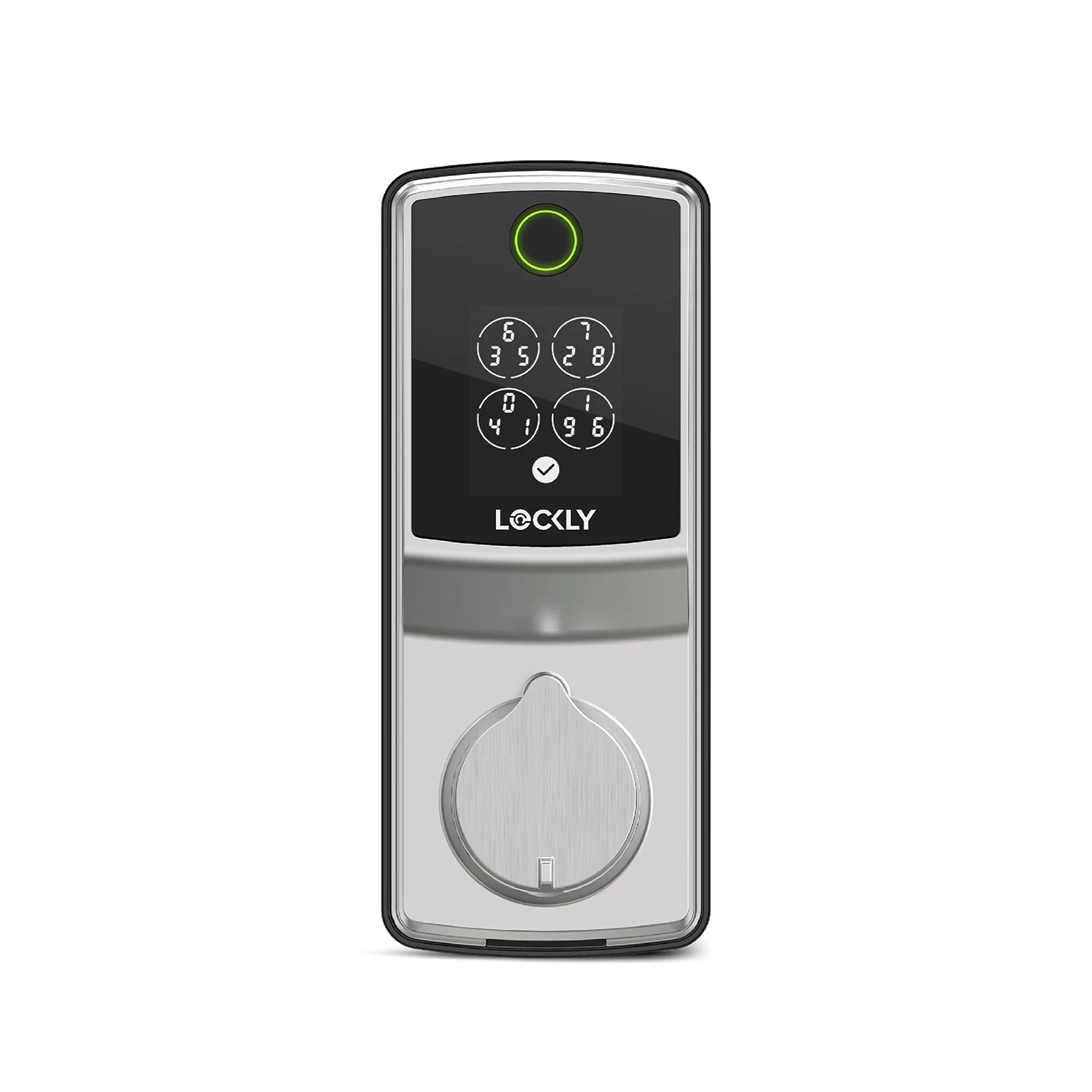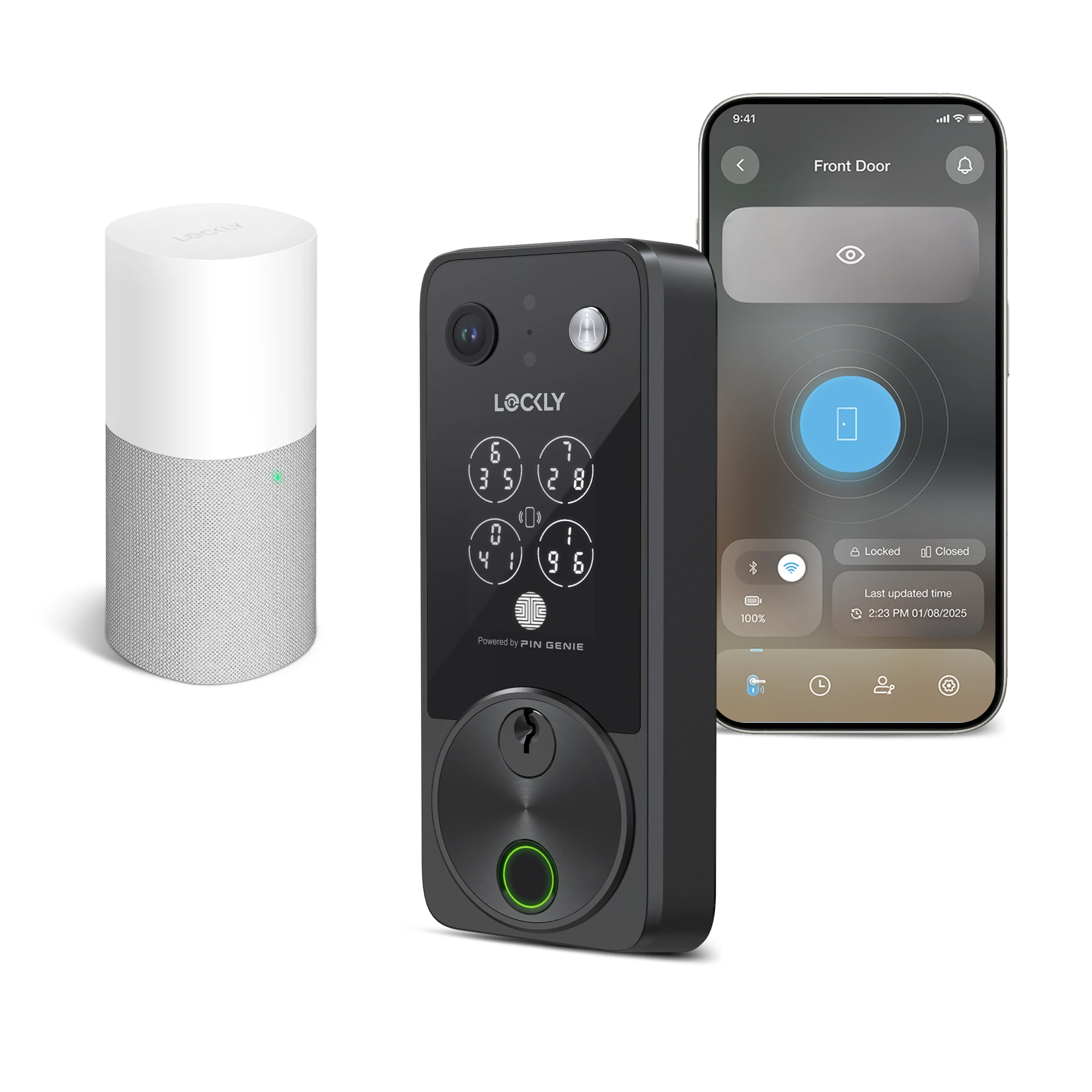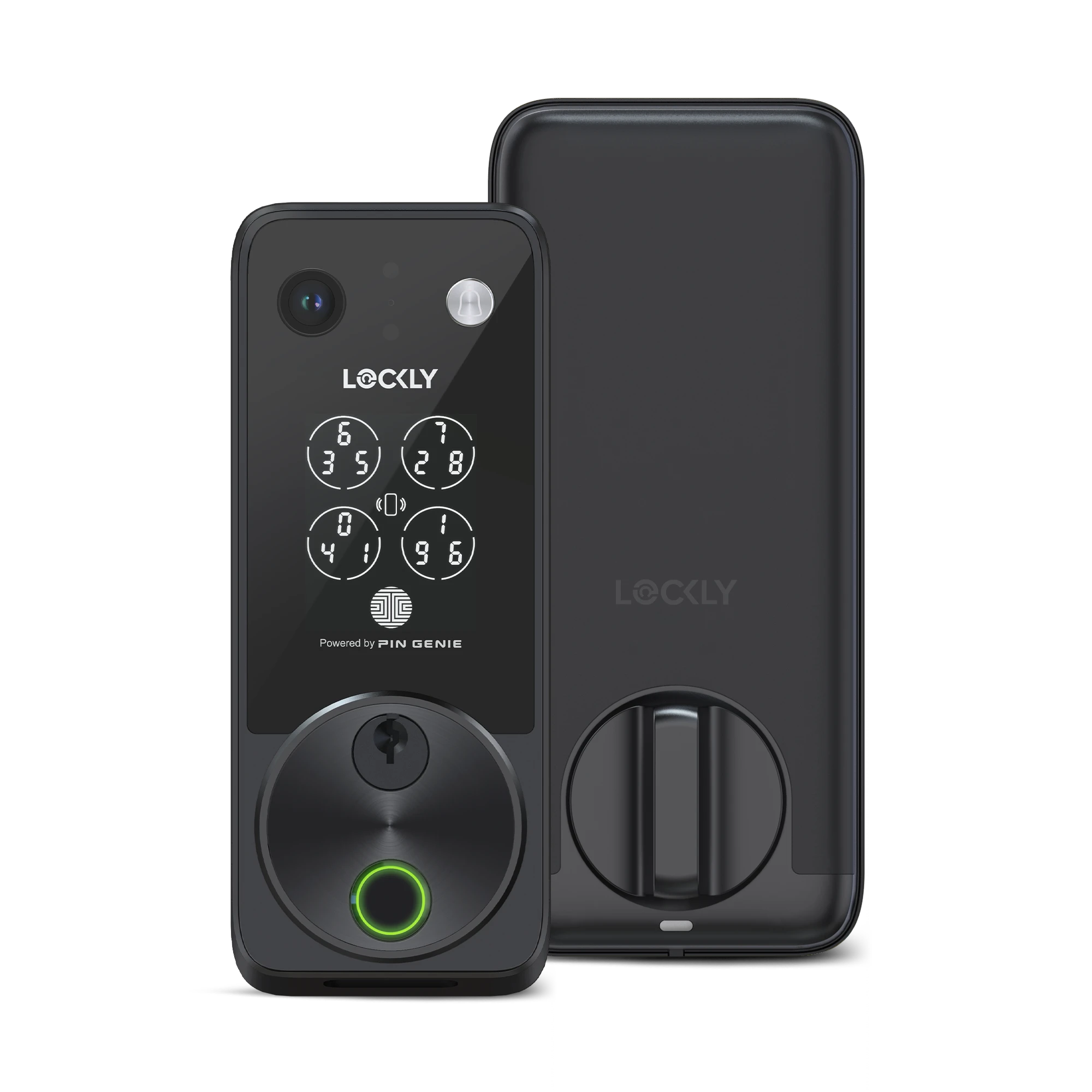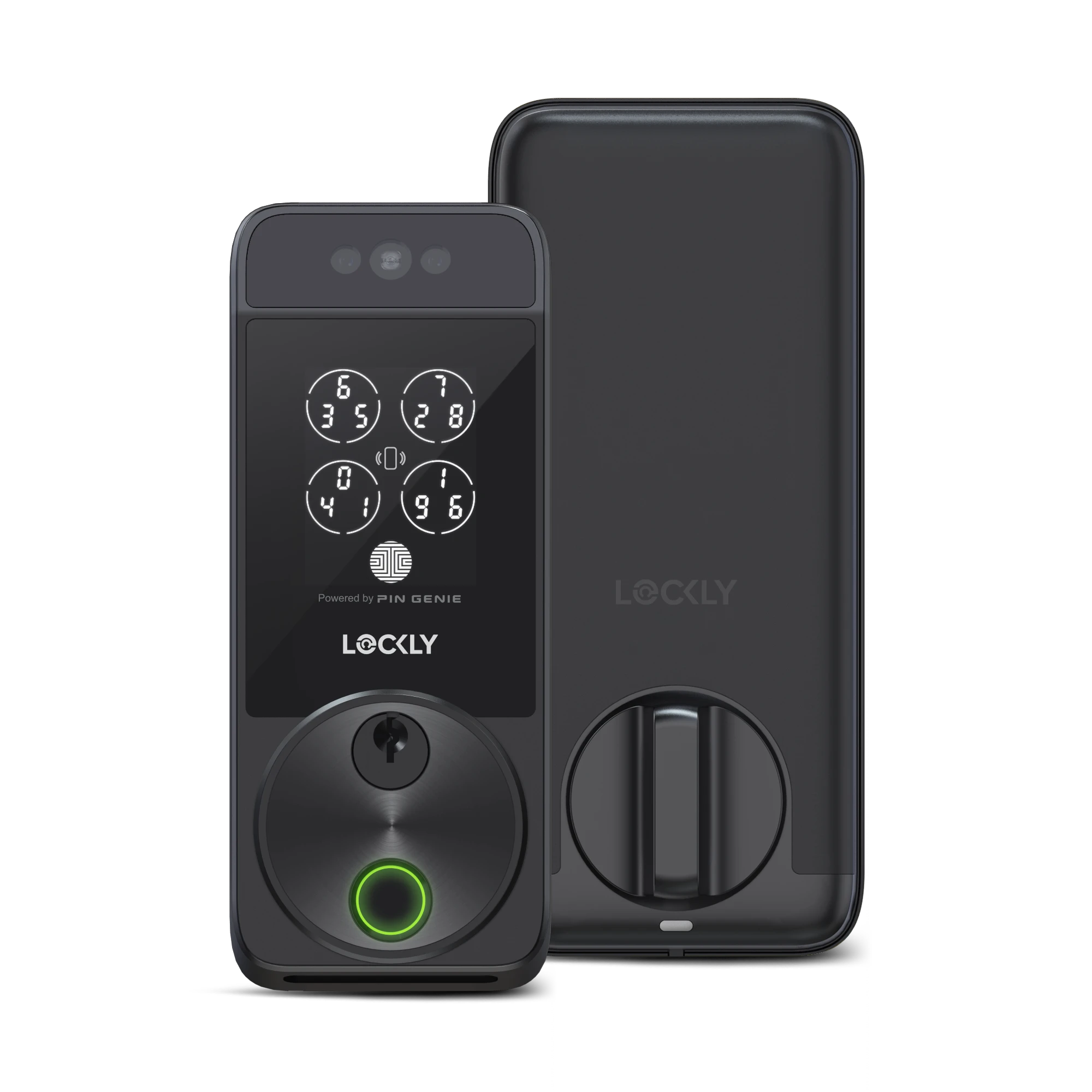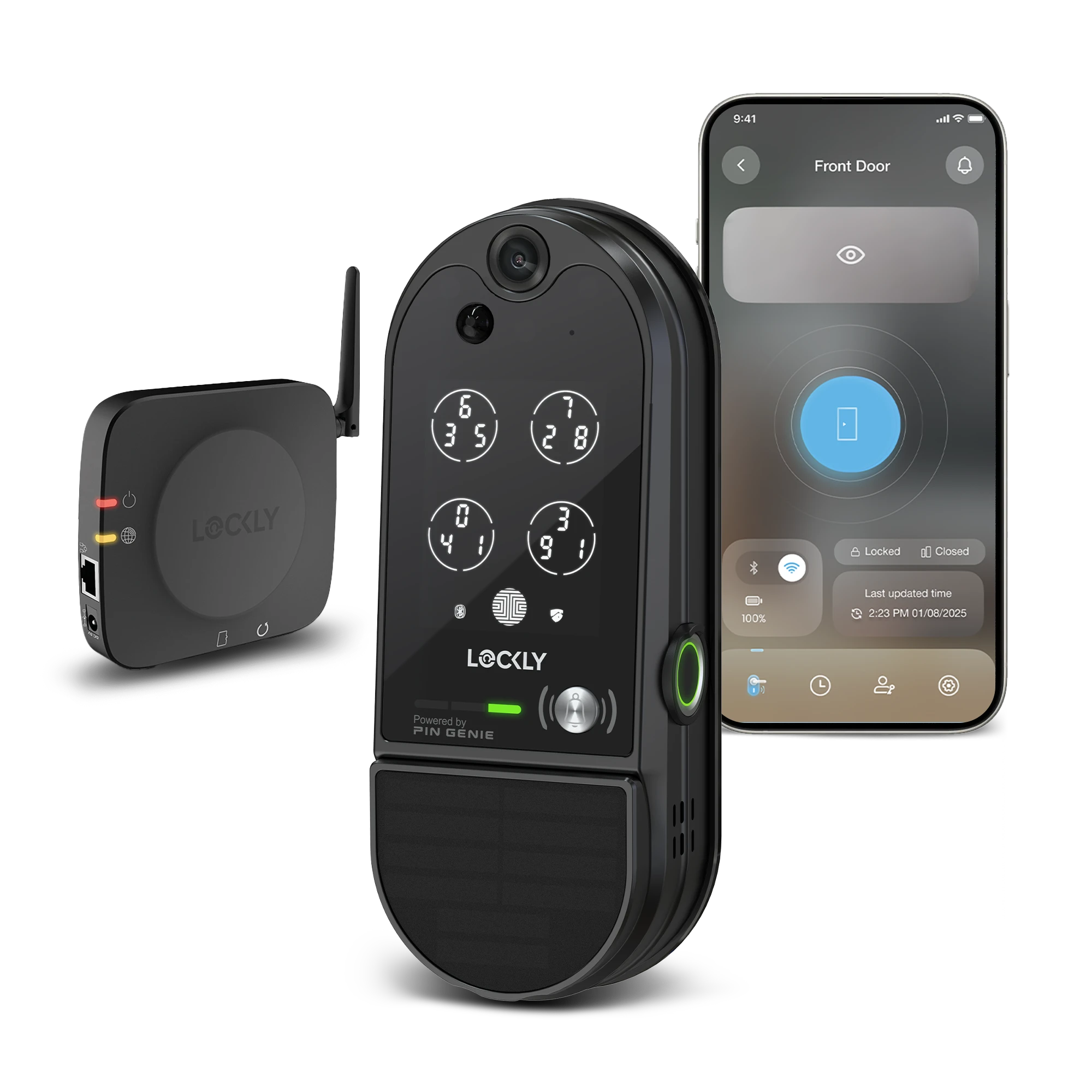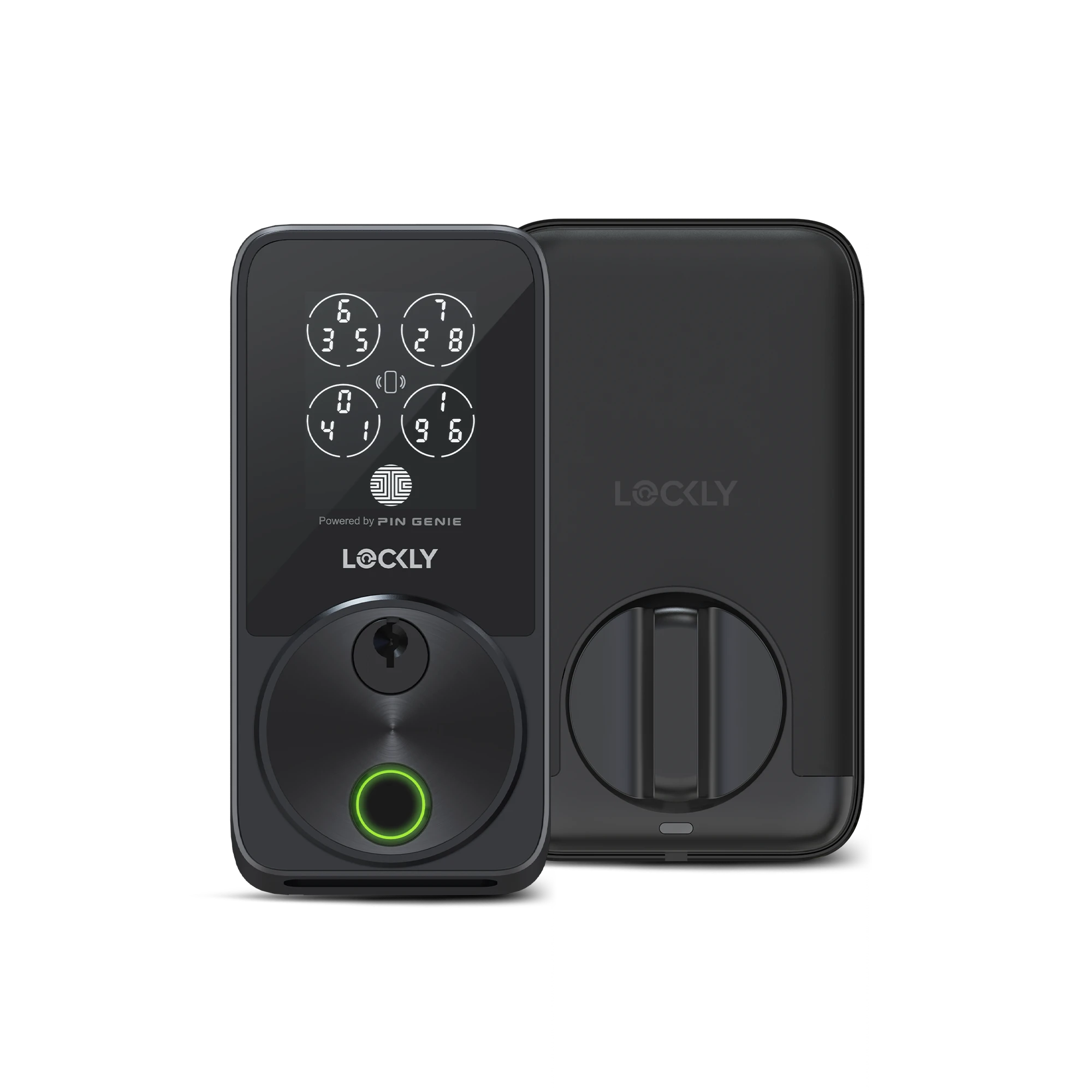But how do home security systems work in the first place, smart or otherwise? Let’s take a look at the ins and outs of a well-protected home. Below, we break down how security mechanisms can keep your home safe and secure by synergizing a wide variety of components.
How Do Home Security Systems Work? An Overview
Starting with the broadest definition, a home security system is a collection of measures or devices that work in unison toward a common goal: to keep your home safe. Whether they’re wired or wireless systems, whether they have features like smartphone integration and remote security camera broadcasting or not, the end goal is the security of your property and the people occupying it, especially in the event of a burglary or home invasion.
The Components of Home Security Systems
Home security systems employ a wide variety of components, from tried-and-true to cutting-edge. Below are some of the most common and essential home components of home security systems.
Security Sensors
While motion sensors detect movement at key points in the home, contact sensors can detect when a door or window opens, or when something breaches an entryway. Examples of security sensors include garage door sensors, glass-break sensors, motion sensors and entry alert sensors.
Smart Locks
With a smart lock, you can wirelessly and remotely verify your access and mechanically unlock your door. Through advanced technologies, including electronic keypads, biometric sensors, access cards, network connection, Wi-FI and Bluetooth, the smart lock provides more convenient and reliable security than your traditional set of keys. Both the next-gen Lockly Vision Elite and the Lockly Secure Pro offer a safer means of unlocking locks and deadbolts.
Alarms
When something triggers a security system, a physical, on-site alarm usually emits a high-decibel sound to alert those in the area and deter intruders. These alarms can include smoke alarms, intruder alarms and door alarms. They can exist as parts of larger alarm integrated systems or as standalone alarms, such as the Lockly Window Alarm, which sounds when a window opens.
Cameras
An optional but recommended feature of home security systems, surveillance cameras allow homeowners to keep an eye on their property via live video (and sometimes audio) feeds. Cameras can include CCTV, baby monitors and doorbell cameras. With most smart home security systems, you can stream video to just about any network or Wi-Fi-connected device, from phones to laptops to tablets.
The world’s first doorbell camera smart lock, Lockly Vision™, integrates an ultra-wide angle HD video camera with a doorbell for live video monitoring and recording. Using the Lockly App, you can conveniently monitor anyone who arrives on your doorstep.
Temperature Controllers
Thermostats and temperature controllers provide your home with safety controls over its temperature. Today, we can operate some thermostats remotely from our phones. Modern thermostats allow you to turn your heat on and off or schedule a specific temperature cycle. They can also protect your home from weather-induced damages, such as frozen pipes, while you’re away.
Yard Signs and Window Stickers
Some parts of home security systems go beyond functional components, but they still serve an important purpose by letting potential intruders know that the home is protected — often a key tactic for warding off threats.
Yard signs and window stickers help prevent crime by acting as visible deterrents to burglars. The Lockly Security Yard Sign is weather resistant, protected from UV fading and a breeze to install. Place your signs near ground-level windows and back doors, as these entry points make for prime targets.
Operating Your Home Security System
Every home security system is naturally a bit different. There are many diverse and unique systems available, from DIY kits to custom packages, to modular and customizable individual components. Yet, the basics of operation are nearly universal.
You can think of sensors as the eyes and ears of a home security system. These devices monitor key access points (e.g., doors and windows) for activity, such as the opening and closing of doors, unwanted breaches or suspicious movement.
When sensors detect activity that is out of the ordinary or that might indicate a threat, they send a signal to the homeowner or trigger an alarm. Homeowners or those with access can control and monitor the various components of their home security system from a central hub, which typically takes the form of a small control panel or touchscreen.
Advantages of Smart Home Security Systems
Of those millions of Americans who own home security devices, about 8.1% rely on self-monitoring rather than professional or remotely-monitored systems. DIY solutions are ideal for apartments and rental spaces.
Some advantages of smart security systems include:
- Real-time security alerts to stay up-to-date on your home when you’re away
- Customizable operation of lights and thermostats to manage energy consumption
- Convenient DIY solutions with zero installation fees
- Motion detection
- Self-monitored security
- Easy-to-install, accessible wireless components you can choose to expand over time
The Future of Home Security Systems
As home security systems evolve, they will become increasingly interconnected to improve overall functionality. The smart home environment optimizes and enhances our homes, wirelessly connecting distinct functions such as heating, cooling, lighting, entertainment and security. With technologies like Matter, your smart home devices can communicate with each other as well as with your cloud services and mobile apps.
DIY systems will continue to play a major role in the modernized smart home. The smart lock has become an increasingly popular choice for homeowners seeking reliable and convenient security. Devices like the Lockly Vision Elite offer users real-time alerts, so they stay up to date on the status of their home no matter where they go. Homeowners can also use the Lockly app to review their access history as well as check live-streaming videos or recordings of their doorway.
In recent years, many home security systems have adopted Artificial Intelligence (AI) to revolutionize the speed and accuracy of detection. Some AI-enabled devices can even identify intruders based on facial recognition software. One example of an AI home security innovation is Wi-Fi sensing, which leverages the devices you have already connected to your wireless network. Wi-Fi sensing tracks environmental changes in your home and provides unobtrusive surveillance.
Why You Need a Home Security System — and How Lockly Can Help
So, you’ve answered the question: How do home security systems work? But do home security systems work?
The short answer is a resounding “yes.” According to the National Council for Home Safety and Security, homes without a security system are 300% more likely to be burglarized than those with a home security system equipped. In that context, increasingly accessible home security systems offer a massive value, whether you opt for a professional install or choose to go DIY.
If learning the basics of home security has piqued your curiosity, you can learn even more by following Lockly on Twitter or dropping us a line any time — we’re happy to walk you through the process of how home security systems work, not just in the wide view but in your home.
Sources:
SafeHome.org - Home Security Statistics in 2021
US News and World Report - How Does a Home Security System Work
Forbes - What Is a Home Security System?
National Council for Home Safety and Security - Burglary Statistics: The Hard Numbers

